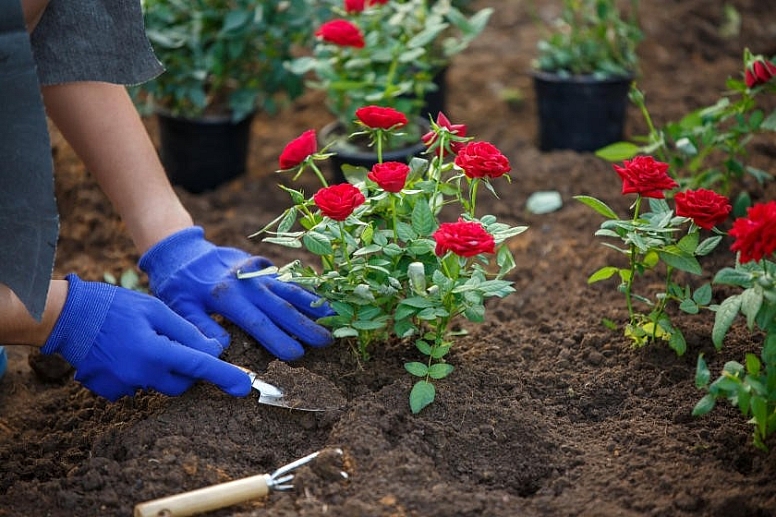
Landscaping Tips: A Guide to Growing Roses
Have you been dreaming of growing roses your entire life? Well, it's never too late to learn! Roses are one of the most popular flowers in the whole world and are valued for their aesthetics, scent, and beauty they bring to any garden.
Also, whether you're new to gardening or have previous experience with gardening, growing roses might prove to be quite an enjoyable thing to do. Here are some landscaping tips and what you need to know:
Choose a Type
First, you need to decide on planting the right type of roses in your garden. Today we divide roses into many groups, and each kind is different from the others.
Choose a rose based on the climate of your garden, the amount of sunlight they will be exposed to, and the area that can be used for planting roses. Roses vary in their degree of disease tolerance and adaptability to particular environmental conditions. Find out more here https://www.nytimes.com/2021/02/17/realestate/the-smart-way-to-grow-roses.html.
Planting

After selecting the type of rose you want to grow, it's time for you to plant them. First, decide where their ideal location would be. Roses require a lot of sunlight, so select an area with at least six hours of direct sun exposure daily. Also, ensure your roses get plenty of fresh air.
For the crop to grow well, the soil should be well drained and with a lot of organic matter. If you are growing on heavy clay or sandy ground, incorporate organic matter such as compost or well-rotted manure into the soil.
Make a hole with the appropriate dimensions suitable for the root ball of the rose bush. It is recommended that the hole should be dug to be approximately twice the size of the root ball in terms of width and depth.
Put the rose into the hole and try to direct the roots outward. The bud union should be approximately at ground level or slightly above in warmer areas, while in colder areas it should be planted one to two inches below ground level to avoid freezing.
Then fill up the hole with soil and tread it around the roots to avoid trapping air in the soil. Don’t forget to water the soil afterwards.
Watering
Water is another important factor in the growth of roses since they should be watered regularly, especially in the initial stage of growth. It’s crucial to low-key water deeply and always water them at the root. Also, make sure the soil is moist to a depth of 12 – 18 inches. This aids in the development of a root system that is strong and extensive, enabling the plant to cope with periods of drought.
Watering should preferably be done in the morning to allow the foliage to dry during the day due to the risk of fungal diseases. Don’t water when the sun is overhead because this results in wet leaves and an increased likelihood of contracting a disease. However, it’s recommended to use a soaker hose or drip irrigation that will supply water directly to the root zone. Check out this page for more.
Fertilizing
Roses are rather greedy plants and require frequent feeding. For these plants, use a balanced slow-release fertilizer early in Spring when new growth starts. It is also possible to add a liquid fertilizer every four to six weeks when the plants are actively growing.
The use of compost, well-rotted manure or fish emulsion can also work for providing necessary nutrients and for enhancing the quality of the soil.
Do not over-fertilize your plants since this is likely to encourage the growth of foliage.
Pruning
Pruning plays a crucial role in rose care because it directly influences their health, shape, and bloom. Early spring is the best time to start pruning them because this way you’re also getting rid of dead, damaged, or diseased wood. Trim off any branches that are sickly or crossing one another to improve airflow and minimize disease. You can check out this roses guide if you want to learn more!
Managing Pests and Diseases
Roses are not immune to certain diseases. Some of the most common ones that affect them are aphids, black spot, powdery mildew, and others. If you want to ensure they thrive, you need to check them regularly and take action once you notice a sign of a certain disease.
With pests such as aphids, you can easily get rid of them by washing the plants with a powerful stream of water or using insecticidal soap. Ladybugs, which are also insects, can also be used in the fight against aphids, as they are their natural enemies.
To manage fungal diseases, you should always ensure your garden is clean and remove any infected leaves and plant residues. Prune appropriately and space the plants well so that there will be adequate airflow and low humidity around the plants.










